Hello all,
Longtime lurker and first time poster.
My wife and I just moved into a home with an old cracked Nashua stove and are replacing it with a Woodstock Ideal Steel with all the fixin's.
We currently have about 24' of stovepipe with a Tee that appears in great shape except for the Tee at the lower portion where the inner wall seems to have a separation where it meets the cap. The cathedral box and chimney are in great shape.
The stovepipe is doublewalled and 8" ID. I am looking to get a new Tee and a reducer to 6" to meet up with the Ideal Steel.
I cannot find any stamps or identification on any of the pieces anywhere. It has an unusual rolled/crimped detail on the female end of the pipe on every section. It also appears that the inner surface of the outer wall has slits/gills with a corresponding slit on the male end OD, although they really don't interlock like you might think.
Any ideas on who makes/made this stovepipe and where I might be able to find a Tee and reducer?
Thanks!
-Ian
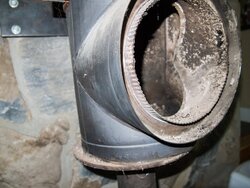
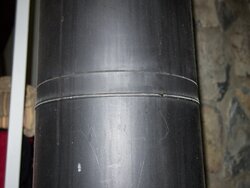
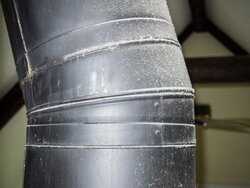
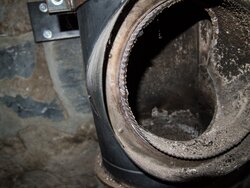
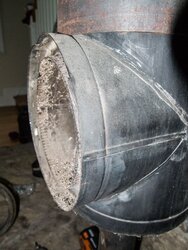
Longtime lurker and first time poster.
My wife and I just moved into a home with an old cracked Nashua stove and are replacing it with a Woodstock Ideal Steel with all the fixin's.
We currently have about 24' of stovepipe with a Tee that appears in great shape except for the Tee at the lower portion where the inner wall seems to have a separation where it meets the cap. The cathedral box and chimney are in great shape.
The stovepipe is doublewalled and 8" ID. I am looking to get a new Tee and a reducer to 6" to meet up with the Ideal Steel.
I cannot find any stamps or identification on any of the pieces anywhere. It has an unusual rolled/crimped detail on the female end of the pipe on every section. It also appears that the inner surface of the outer wall has slits/gills with a corresponding slit on the male end OD, although they really don't interlock like you might think.
Any ideas on who makes/made this stovepipe and where I might be able to find a Tee and reducer?
Thanks!
-Ian







 no pinhole, although I see in the pic it does look like it.
no pinhole, although I see in the pic it does look like it.